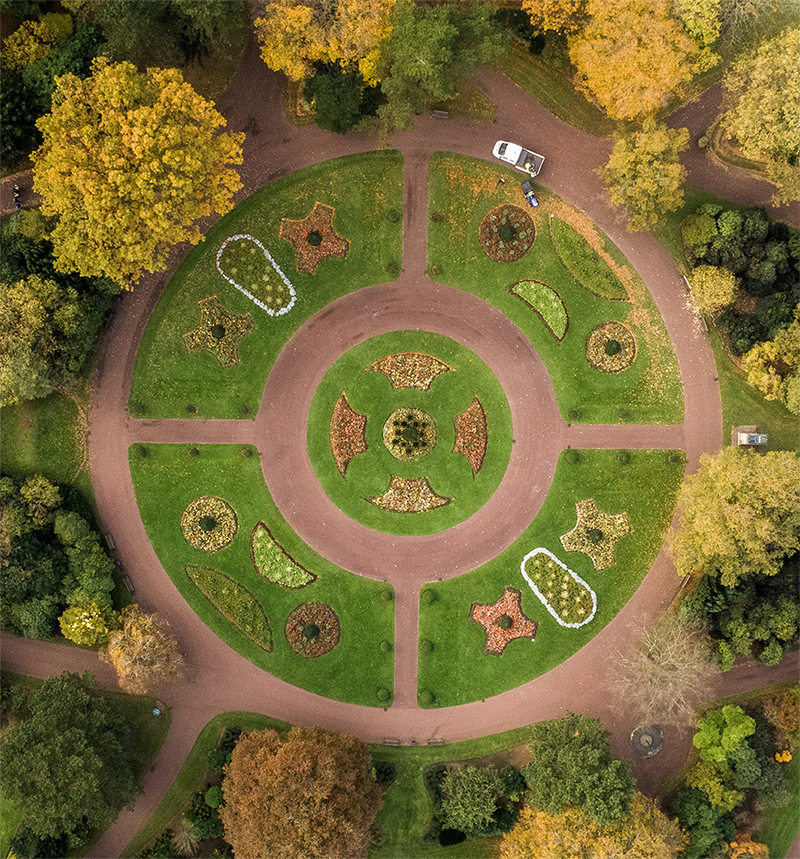The circular economy is a model of production and consumption that involves sharing, renting, reusing, repairing, renewing and recycling materials and products that already exist as many times as possible to create added value.
This way, we extend the life cycle of the products and produce less waste.
As Samy Alliance’s latest report about Consumer Trends has already informed us, by 2030, we expect the second-hand fashion industry to overtake fast fashion. According to the UN, this sector accounts for 10% of global carbon emissions and 20% wastewater.
According to the report, Generation Z takes sustainability standards into account when investing in a brand, but, in addition, 43% of these users say they prefer to invest in quality apparel, thus guaranteeing their long-term profitability.
IKEA & LUNAZ, CIRCULAR ECONOMY BEYOND FASHION
In addition to fashion, other sectors, such as automotive, technology or interior design, are reinventing themselves due to the 2030 agenda. The Swedish company IKEA has set by 2030 that all of its products will be 100% recycled by giving a new life to their old products. The main goal of this new path is to reduce the greenhouse gas emissions that their value chain emits.
There are significant changes taking place too in the automotive sector. Although it’s a luxury sector, the British company Lunaz electrifies classic cars such as Rolls Royce, Land Rover or Bentley. According to a Forbes article, the company’s success has been so significant that they have decided to expand their workforce by 500%.
SECOND-HAND TECHNOLOGY
In 2014 Back Market was born, a company specified on rehabilitating devices, now valued at 5.7 billion dollars. Laptops, tablets, mobiles, headphones, or consoles have a second life.
They reduce ecological costs by rehabilitating products and turn inaccessible products accessible to low-income consumers.
Second-hand gaming markets have always been very characteristic. Since the beginning, companies such as GameStop have offered the possibility of acquiring video games that they repurchase from their customers. This made much sense in the analogue world since most video games, once their story was finished, did not have much
The Lithuanian company Eneba, whose founders are mainly gamers, saw that video game stores made abusive use of their position vis-à-vis the customer. They bought for a small cost and resold at a higher price, founding a marketplace specialized in video games and components with more than five million customers today. more future than to be trapped in a shelf.
WHAT DOES THIS MEAN FOR THE ADVERTISING WORLD
As future generations grow and evolve, so will the way they consume. As companies shift in this new direction, so will their communication strategy. The agencies that already specialize in this type of marketing will thrive, but others will need to adapt to this new language by shifting their product and brand attributes towards a more profound message with an environmental impact. These messages will only leave a mark on our audience if we create authentic content and deliver it through authentic channels.
Based on our research at Samy, we anticipate that the final station of this journey will get brands into a new model based on the regenerative economy. A regenerative economy is an economic system that works to regenerate capital assets that are critical to providing specific goods and services, meaning a new sophisticated model in which the brand can generate more resources than those that have been used to provide that specific product or service.
This process is an essential cornerstone in marketing strategies, and only the brands that know how to approach this need will survive the change.

